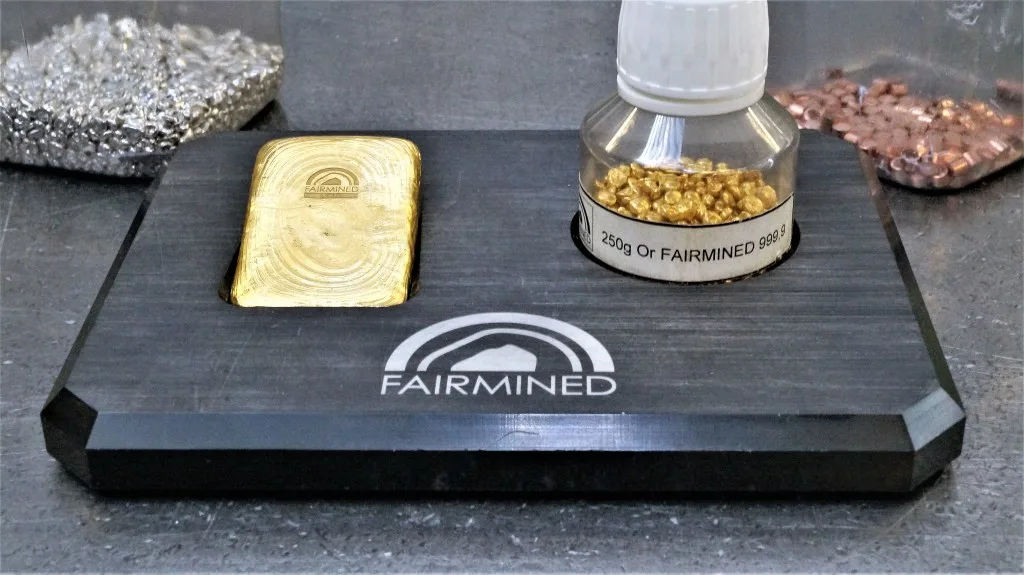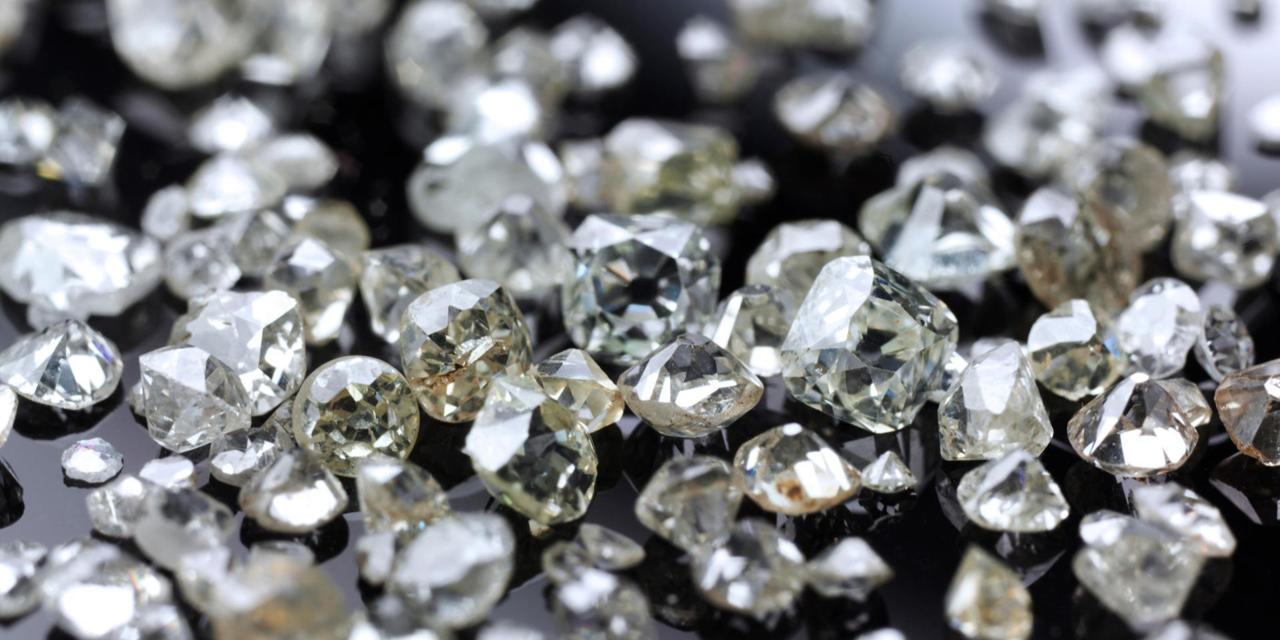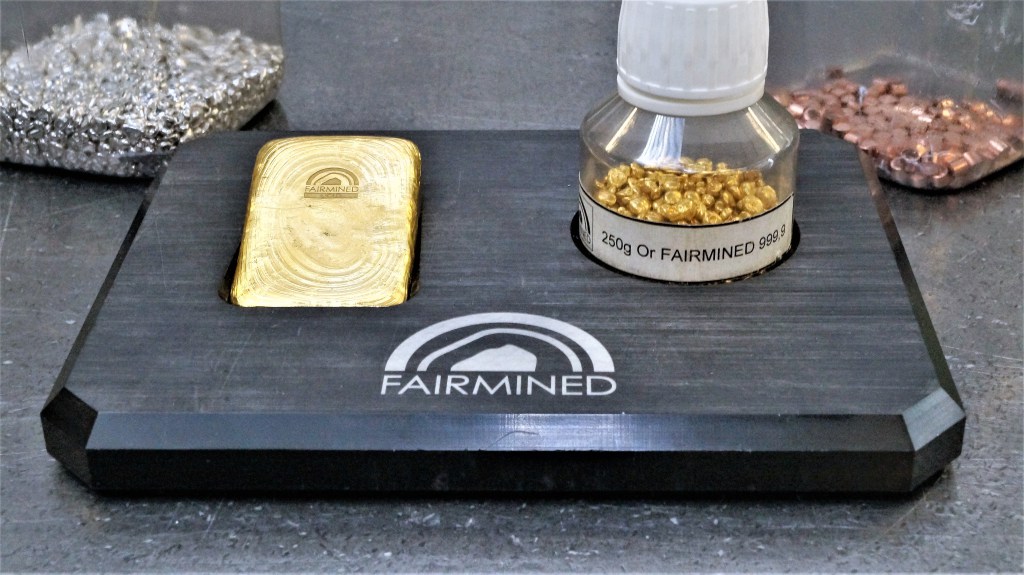By Magnus Salbu
Baselworld 2018 has just come to an end, and the jewelry and watch industry are already planning the next trip to Basel, filled with expensive champagne, luxurious booths, and tons of precious metals and diamonds. It’s the latter two that will be the focus of this article.
The subject of ethical sourcing of raw materials has been in focus since the 1990’s, and most big companies have some documentation to show that their supply chain is not littered with human rights violations. Because even today, in 2018, hundreds of thousands of workers, often children, are exploited to extract materials in the cheapest way possible. Historically, the precious metal and mineral mining industry have had a particularly bad record of how they operate. And when states fail to regulate the industry, the responsibility falls on the multinational companies that use them as suppliers.
As an important media outlet in the world of watches, we have a responsibility to keep up the pressure on these companies to get even better, to be even more thorough on how they choose their suppliers, and how they make sure these suppliers uphold international standards. We have over the years built up a significant number of readers. These readers range from people who have a small interest in watches, to people who have been working in the industry for a long time. And we have the opportunity to influence both the consumer to think before they buy, and the industry to think before they sign a contract. This is a responsibility we take seriously, which is why we’re covering this rather important report. Because this is a field where the watch and jewelry industry has huge room for improvement.
Human Rights Watch (HRW) has, in light of the recent Baselworld 2018 fair, released a report on how 13 industry giants in the watches and jewelry sector take steps to ensure that their supply chains are free of human rights abuses and environmental harms. The report found that while most companies take some steps to ensure this, their practices differ significantly. Of the 13 companies Human Rights Watch contacted, 10 responded, 6 agreed to meet with representatives of HRW, while three, including Rolex, did not respond to multiple inquiries. They found that of the responding companies, most failed to meet international standards. None of the companies fulfilled all of the criteria for responsible sourcing, while only one company was found to have taken significant steps towards responsible sourcing.
The companies that did best were Tiffany & Co, Chopard, Cartier and Bulgari. Tiffany & Co was able to trace all of its newly mined gold back to the mine of origin, and conducted regular assessments of the mines operations. Chopard and Cartier had the same standards for some of their gold, but did not have complete control over the entire supply. Chopard did announce just afterwards, that by July 2018, 100% of their gold would be responsibly sourced from traceable sources. Chopard already sources a lot of their gold from small-scale, Fairmined-, Fairtrade- and SBGA- (Swiss Better Gold Association) certified mines, which is a very good source for precious metals. However, it would be reassuring to see all of their gold coming from these sources.
School children cross a mercury-polluted river in Malaya, Camarines Norte, Philippines.
PHOTO: Mark Z. Saludes for Human Rights Watch
The report also found that many companies are too reliant on the Responsible Jewelry Council, an industry led body that claims to ensure a responsible supply chain. Despite these claims, HRW found that their methods are not good enough to secure a responsible supply chain. To be credible, the RJC should give civil society and industry representatives equal decision-making power. The report also provides many specific courses of action that jewelry and watch companies can take to become better. These include:
- Put in place a robust supply chain policy that is incorporated into contracts with suppliers;
- Establish a chain of custody over gold and diamonds by documenting business transactions along the full supply chain back to the mine of origin, including by requiring suppliers to share detailed evidence of the supply chain;
- Assess human rights risks throughout their supply chains;
- Respond to human rights risks throughout their supply chains;
- Check their own conduct and that of their suppliers through independent third-party audits (a systematic and independent examination of a company’s conduct);
- Publicly report on their human rights due diligence, including risks identified;
- Publish the names of their gold and diamond suppliers;
- And source from responsible, rights-respecting artisanal and small-scale mines.
PHOTO: Jessica Evans/Human Rights Watch
While the industry has come a long way since the 1990’s when rebel factions in the Democratic Republic of Congo and Central African Republic were thriving on selling minerals and metals to huge corporations, we still have a long way to go until all the supply chains of big names in the watch and jewelry industry are free of human suffering. And by responsibly sourcing, companies are not just improving the lives of the workers in the mines, but also the society around them, by making sure the revenue from these mines is more evenly distributed.







